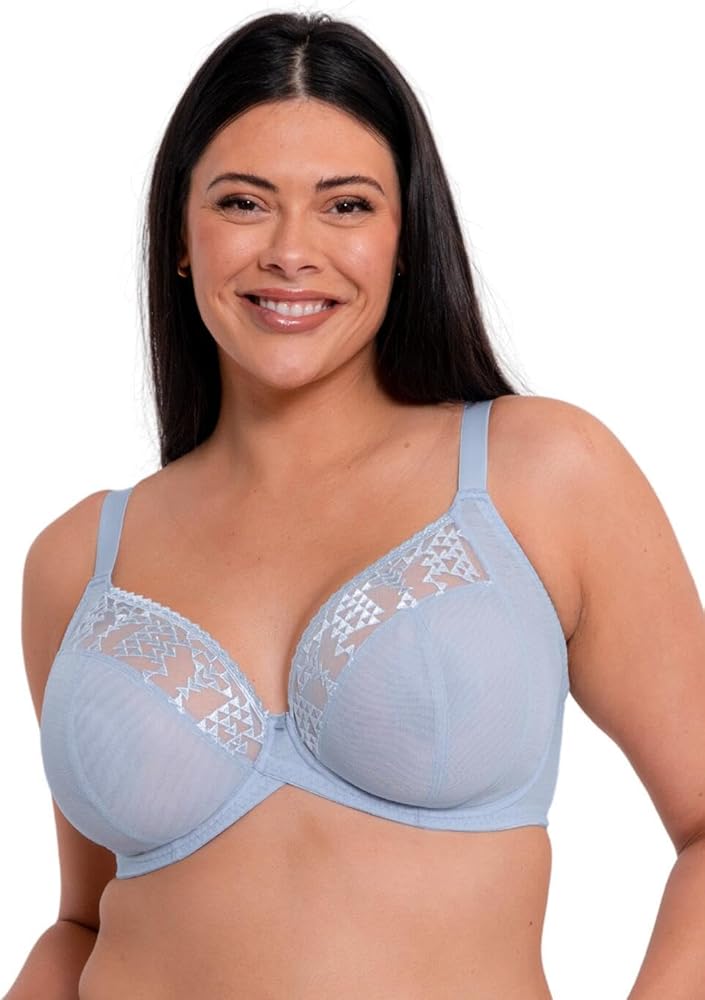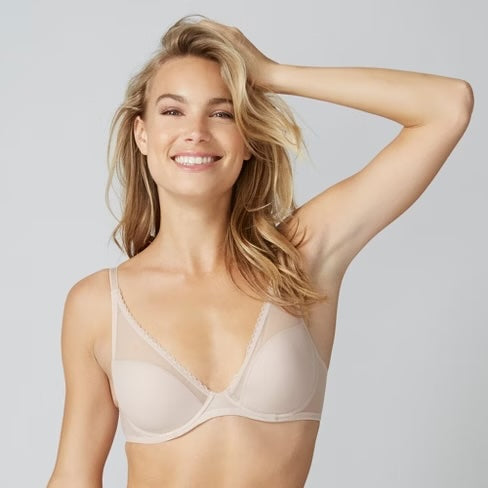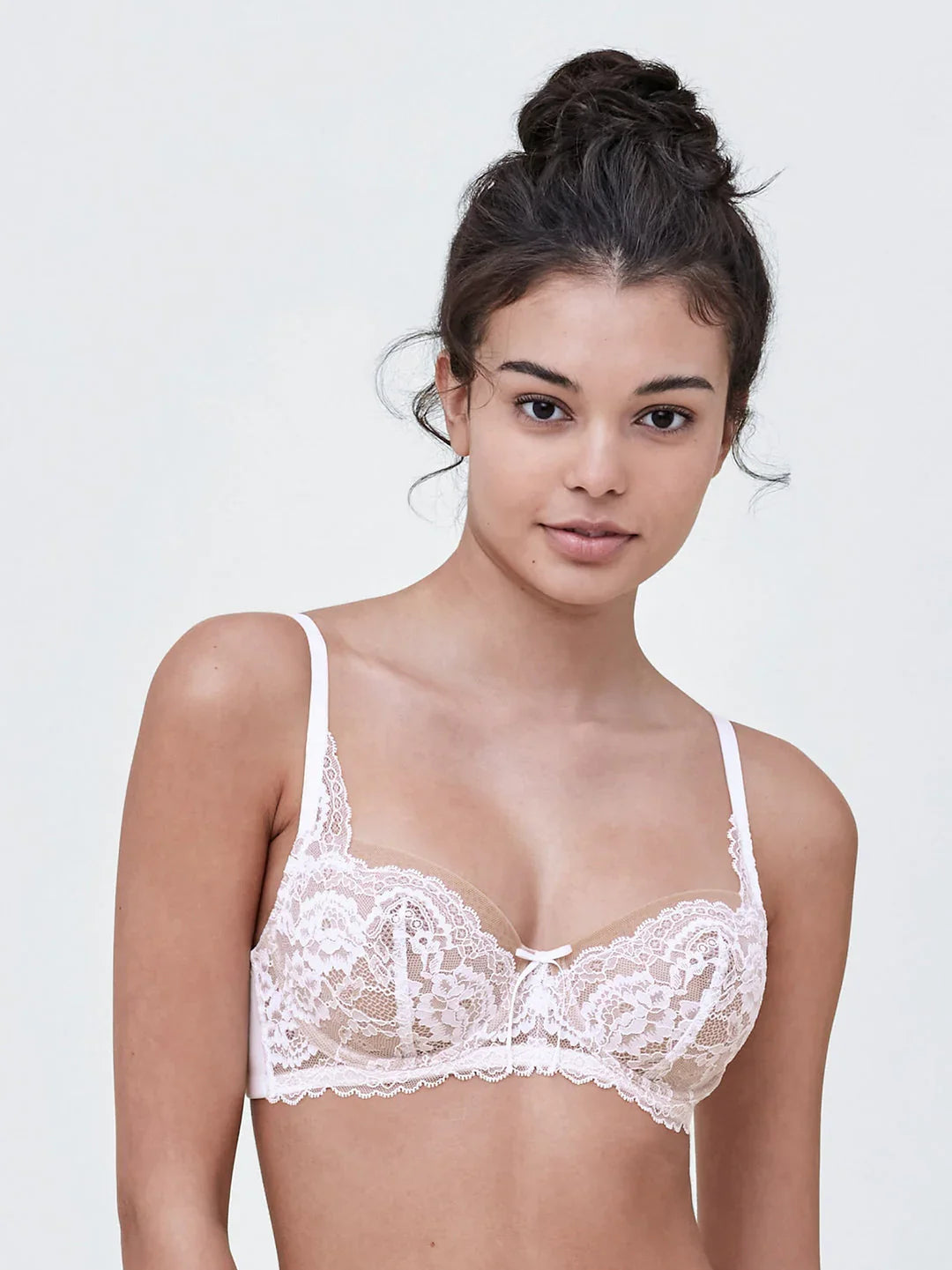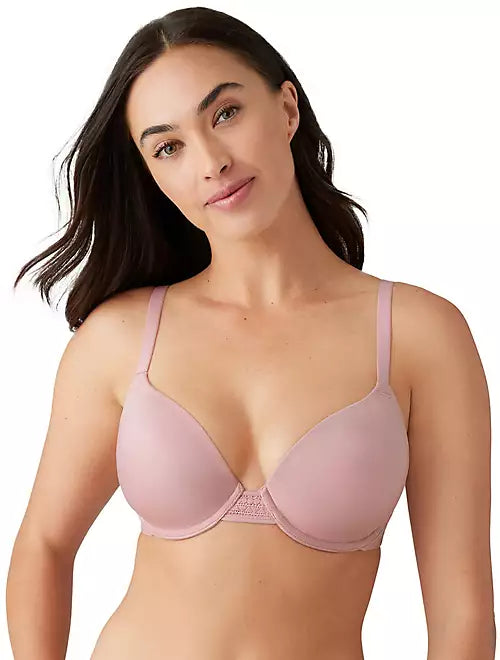Understanding 36G Tits: Size, Fit, and Support

Introduction to Bra Size
Understanding your bra size is the first step toward achieving true comfort and support for your bust. Every bra size is made up of two key elements: the band size and the cup size. The band size, represented by a number like 32, 34, or 36, measures the circumference around your ribcage just beneath your breasts. The cup size, indicated by a letter such as A, D, or G, reflects the difference in inches between your band measurement and the fullest part of your bust.
Getting your bra size right is crucial, wearing the wrong size can lead to discomfort, pain, and even long term issues like back or shoulder pain. Many women are surprised to learn that their bra size can change over time due to weight fluctuations, pregnancy, or simply month to month changes in their bodies. It’s important to keep in mind these changes and be mindful when checking and adjusting your bra size. That’s why it’s important to check your measurements regularly and ensure your bras still fit as they should.
To find your correct bra size, start by measuring your band size with a soft tape measure, making sure it’s level and snug but not too tight. Next, measure around the fullest part of your breasts. This is often called the full bust measurement, which is especially important for women with larger cup sizes. The difference in inches between these two measurements determines your cup size, each inch typically represents a jump in cup size. For example, if your band size is 36 inches and your bust measures 43 inches, you’re likely a G cup.
Wearing a bra that fits well not only helps you feel more comfortable throughout the day, but also provides the support your breasts need, no matter their size. The right bra size can make a world of difference in how your clothes fit, how you feel, and how you carry yourself. Whether you’re searching for everyday comfort or a special style for a big event, taking the time to find and check your bra size ensures you’ll always look and feel your best.
Factors Affecting Fit for 36G Breasts
When searching for the perfect bra size, especially for 36G breasts, several key factors come into play to ensure you get the comfort, support, and style you deserve. The fit of a bra is determined by both the band size and the cup size, and for a 36G, this means a 36-inch band paired with a G cup, offering a unique set of needs compared to smaller sizes.
The band size is the foundation of any bra, and getting it right is essential. If the band is too small, it can dig in and cause pain, while a band that’s too large won’t provide the support required for a larger bust. For women with 36G boobs, a snug but comfortable band helps distribute the weight of the breasts and keeps the bra in place throughout the day. The cup size is equally important; a G cup needs to fully contain the bust without feeling too tight or leaving gaps. A well fitting cup will prevent spillage and ensure your breasts are supported from all angles.
Bra style also plays a significant role in how a bra fits and feels. Full cup bras, plunge bras, and underwire bras are popular choices for 36G breasts, each offering different benefits. For example, underwire bras provide extra lift and help prevent back and shoulder pain, while full cup styles offer maximum coverage and support. The right style can make a big difference in how your clothes fit and how confident you feel wearing them.
Material matters, too. Breathable, high quality fabrics help keep you cool and comfortable, especially if you’re wearing your bra all day. Reinforced bands and wider straps are often found in bras designed for larger cup sizes, adding to the overall support and comfort. These features are especially beneficial for women with heavy breasts, as they help distribute weight more evenly and reduce discomfort.
Wearing the wrong bra size can lead to a host of issues, from discomfort and pain to poor posture and lack of support. That’s why it’s important to check your bra size regularly, especially after changes in weight or body shape. Don’t forget to consider how your clothes fit over your bust, a well fitting bra can transform the way your outfits look and feel.
Ultimately, comfort is key. A bra that fits well should feel supportive without causing pain or restricting movement. Women with 36G breasts have more options than ever, with many brands offering beautiful, supportive bras in a range of styles. Take the time to find what fits and feels best for you, and don’t hesitate to seek out reviews and views from other women with similar experiences. The right bra size and style can make all the difference, helping you feel confident and comfortable every day. Use resources like this page to explore your options and ensure you’re always wearing a bra that truly fits.
Understanding 36G Bra Size: Fit, and Support
Breast size is a topic that is often misunderstood, and a 36G bra size is no exception. Many people assume that a “G” cup is extremely large, but in reality, cup size is relative to band size. A 36G bust is proportional to a well fitted 36 band, making proper support and fit essential for comfort and health. Large cup bras are specifically designed to provide the necessary support and comfort for women with sizes like 36G.
Love your shape and feel confident in your 36G bra size, embracing both comfort and style.
What Does 36G Really Mean?
Bra sizing consists of two components: the band size (the number) and the cup size (the letter). A 36G means:
-
The band size (36) measures around the ribcage under the bust.
-
The cup size (G) refers to the volume of breast tissue in proportion to the band. The cup size is determined by the difference between the band size and the bust measurement.
It’s important to note that cup size is not absolute. A 36G is different from a 32G or a 40G because the band affects the overall volume. A 36G has the same cup volume as a 34GG or a 38F, which is why sister sizing is crucial in bra fitting.
How to Measure for a 36G Bra
Finding the right bra size is the first step to achieving optimal support and comfort, especially when shopping for 36G bras. Accurate measurements help ensure your bra fits well, supports your bust, and enhances your confidence. Here’s how to measure for a 36G bra and make sure you choose the best fit for your needs. If you're unsure about your measurements or fit, a professional bra fitting can be very helpful.
Measuring Band Size
Start by measuring your band size, which is the foundation of any well fitting bra. Use a soft measuring tape and wrap it snugly around your ribcage, just beneath your bust (this is known as the under bust measurement). Make sure the tape is level and parallel to the floor for an accurate reading. Take a deep breath in and out, then record the measurement in inches. For example, if you measure 36 inches, your band size is likely 36. The band should fit comfortably, firm enough to provide support, but not so tight that it restricts movement or causes discomfort. Ensuring the correct band size is essential for both comfort and support, as the band does most of the work in keeping your bra in place.
Determining Cup Size
Next, determine your cup size by measuring around the fullest part of your bust, keeping the tape measure level. Subtract your band size from this bust measurement; the difference in inches corresponds to your cup size (A, B, C, etc.). This difference reflects the cup volume needed to accommodate your bust. For a 36G bra, the difference is significant, indicating a larger cup size that requires specialized support. This method helps you find bras that provide optimal support and comfort, especially if you have a fuller bust and need a bra that’s designed to meet those needs. Taking the time to measure accurately ensures you’ll find a bra that fits well and supports you throughout the day.
Challenges and Considerations for 36G Breasts
1. Proper Support is Key
A well fitted bra provides necessary lift and weight distribution to prevent back, neck, and shoulder pain. For 36G breasts, a supportive bra should also offer lift and separation, which are key benefits for comfort and shape. Women with larger breasts often struggle with posture issues, so investing in a high quality bra is essential. Look for:
-
Wide, sturdy straps to prevent digging into the shoulders.
-
Underwire with strong construction to support the breast tissue.
-
A firm, snug band that anchors the bra properly, as 80% of the support comes from the band.
2. Common Fitting Mistakes
Many people unknowingly wear the wrong bra size, leading to discomfort and inadequate support. The most common mistakes include:
-
Choosing a band that is too loose (leading to lack of support).
-
Wearing a cup size too small (causing spillage or “quad-boob” effect). Bras with side support can help prevent spillage and improve overall fit for 36G breasts.
-
Not adjusting straps properly for lift and comfort.
3. Best Bra Styles for 36G
Finding the right bra style can make a significant difference in comfort and shape. Recommended styles for a 36G include:
-
Full-Coverage Bras – Offer maximum support and coverage.
-
Balconette Bras – Provide lift while maintaining a natural shape.
-
Sports Bras – Essential for reducing bounce and strain during physical activity.
-
Minimizer Bras – Help distribute breast tissue more evenly for a streamlined look.
-
Bras with Wide Straps – Wide straps are especially beneficial for 36G breasts, as they help distribute weight and increase comfort.
4. Specialized Bras for 36G
When it comes to 36G bras, specialized designs are created to provide optimal support and comfort for larger busts. These bras often feature reinforced bands, wider straps, and cups that are engineered to lift and separate, ensuring a secure and flattering fit. Molded cups can also provide additional shaping and support for 36G breasts, helping to create a smooth silhouette under clothing. For example, a plunge bra in a 36G size is designed to offer support while creating a beautiful neckline, making it a stylish and practical choice for many outfits. Other styles, such as full coverage or balconette bras, are also tailored to fit the unique needs of a 36G bust. To find the perfect bra, explore different brands and styles, whether you shop online or in store, to discover what fits and feels best for your body. By choosing the right bra size and style, you can ensure you get the support and comfort you need, making every day more comfortable and confident.
Body Type Considerations
When shopping for 36G bras, it’s important to consider your unique body type to find the best fit and style. Different body shapes may benefit from different bra styles to ensure both comfort and optimal support. For example, if you have a fuller figure, you might prefer bras with wider bands and more structured cups to provide extra support and stability. On the other hand, those with a more petite frame may find lighter, more delicate styles, like a plunge bra or a t-shirt bra, more comfortable and flattering. Exploring a variety of bra styles, such as strapless, balconette, or plunge bras, can help you find the perfect match for your body and lifestyle. Certain styles are especially designed to support and flatter larger boobs, and understanding your boobs' shape and size can help you make better style choices. By understanding your body’s needs and browsing through different 36G bras, you can ensure a comfortable fit and the support you deserve, no matter your shape or style preference.
4. Clothing and Fashion Tips
Dressing for a larger bust can be challenging, but thoughtful outfit choices can enhance both comfort and style for women with a 36G bust. The right wardrobe choices enhance comfort and style:
-
Structured tops and blazers create a flattering silhouette.
-
V-necklines and wrap dresses help define the waist without adding bulk.
-
Supportive camisoles and bodysuits offer extra security under fitted outfits.
Making Your First Order
Ordering your first 36G bra can feel overwhelming, but with the right approach, you can ensure a comfortable and supportive fit from the start. Many women find that understanding their true bra size and cup size is the key to preventing discomfort, back and shoulder pain, and the frustration of wearing the wrong size. Taking the time to measure your band size and bust size accurately is essential, use a soft tape measure around your ribcage for the band, and around the fullest part of your breasts for the cup. The difference in inches between these two measurements will help you determine your correct G cup size.
When shopping for bras, especially for larger breasts, it’s important to consider both your body shape and your personal style preferences. Underwire bras are a popular choice for G cup sizes, as they provide the extra lift and support needed to prevent back and shoulder pain. If you’re looking for a bra that works well under a variety of clothes, a plunge bra can offer a flattering neckline while still delivering the support your bust requires. Don’t forget to think about your waist and overall shape when choosing clothes to pair with your new bra, structured tops and supportive fabrics can help create a balanced, confident silhouette.
If you’re unsure about your bra size or which style will suit you best, don’t hesitate to seek help. Many stores offer professional fittings, and knowledgeable staff can guide you through the process of finding the right bra size and style for your unique needs. Trying on different brands and styles is important, as sizing can vary and what feels comfortable for one woman may not work for another. Remember, the goal is to find a bra that feels secure, prevents discomfort, and boosts your confidence every time you wear it.
Shopping for your first 36G bra is an opportunity to learn more about your body and what makes you feel your best. Take your time, measure carefully, and don’t be afraid to ask questions or try something new. With so many styles and brands available, you’re sure to find a bra that fits your body, supports your bust, and makes you feel comfortable and confident in any outfit. The right bra size is essential for your health and comfort, so embrace the process and enjoy the difference a well fitting bra can make in your everyday life.
Final Thoughts
A 36G bust size is both beautiful and manageable with the right approach to support, fit, and style. Investing in well-structured bras and choosing clothes that flatter your shape can boost confidence and comfort. If you’re unsure about your correct bra size, professional fittings at a lingerie boutique can be invaluable.
By understanding your body and selecting the right garments, you can embrace your shape with confidence and ease.


